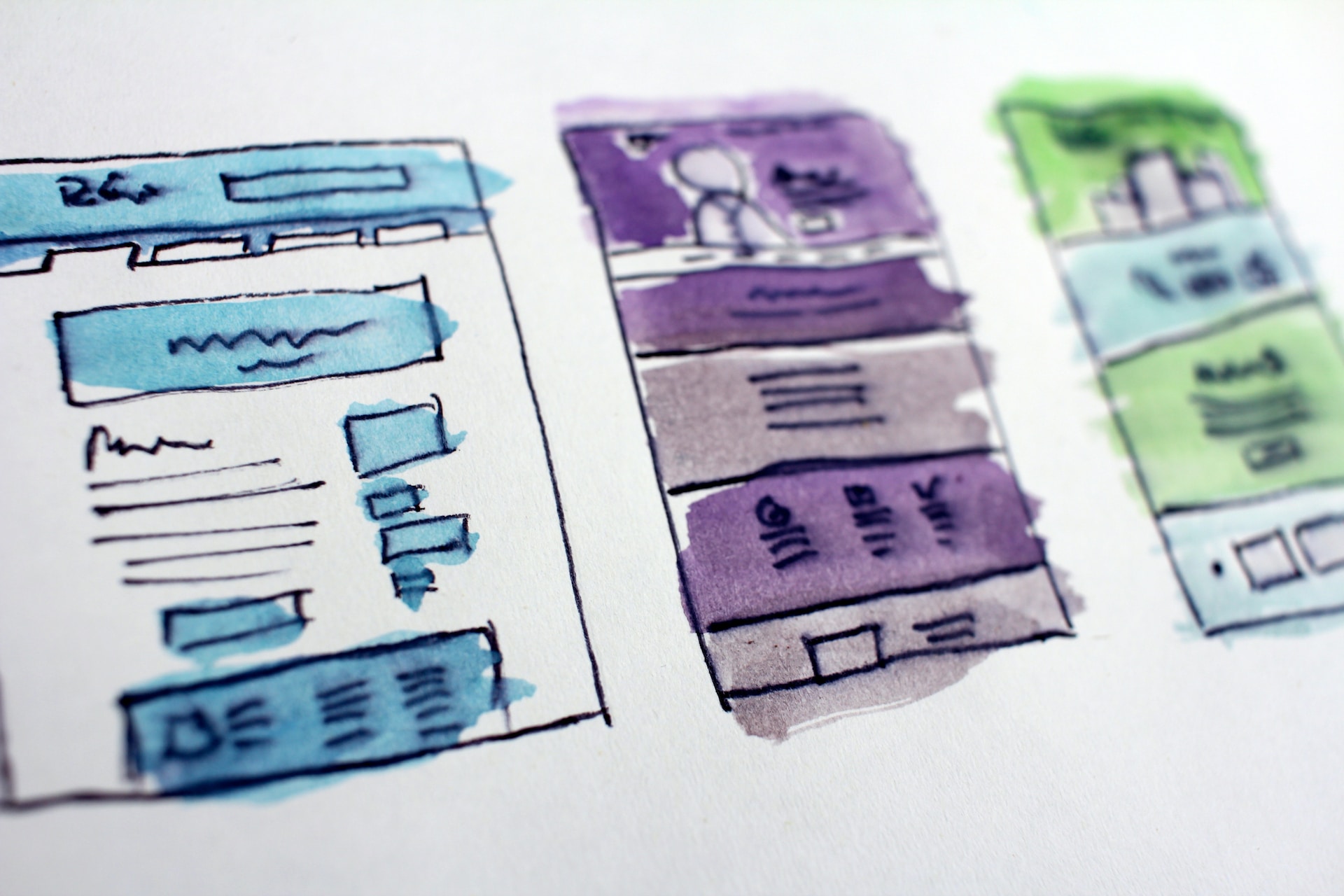Does your organization have a customer portal? If so, then it is essential to ensure that the design of the portal offers ease and convenience when engaging with customers. A well-designed customer portal prevents confusion by simplifying navigation, while also providing an enjoyable user experience.
In this blog post, we will help you understand how to create a customer portal that meets your business needs as well as appeals to your customers. From understanding best practices for user interface (UI) design, developing intuitive layouts, and creating content specifically for each section of the platform; you’ll find everything here on crafting an easy-to-use customer portal!
Contents
Understand Your Customer’s Needs
In today’s fast-paced world, it’s more important than ever for businesses to understand their customers’ needs. A deep understanding of what your customers really want can help you create products and services that meet their needs, build lasting relationships, and ultimately drive sales. But understanding your customers’ needs isn’t always easy.
By listening to feedback, conducting surveys, and analyzing data, you can gain insights into their desires and pain points. By truly understanding your customers, you can build a product or service that solves their problems and positions your business for success.
A customer portal is no different. Before you begin building your customer portal, take the time to understand who will be using it and why they need it. Once you have an understanding of their needs, it will be easier for you to create content and features that meet those needs. With a no code customer portal service, you can quickly and easily build a customer portal that meets your customers’ needs. Keep in mind that the portal should be designed with usability in mind, so your customers can easily and quickly find what they are looking for.
Design a Simple Navigation System
Designing a simple navigation system may seem like a daunting task, but with a clear plan in mind, the end result can make a world of difference for users. A navigation system serves as a roadmap for users to easily access the content they seek on a website or app. The simpler the system is, the more effective it can be for users to navigate smoothly.
Start by identifying the key pages or sections of the website or app and organize them into clear categories. Consider using descriptive labels for each category and keep the design consistent throughout. Avoid clutter and unnecessary details that can confuse users. Remember, the goal of a navigation system is to make the user experience hassle-free and enjoyable.
Also, consider adding a search functionality to your customer portal. This will make it easy for customers to quickly find what they’re looking for, no matter how large or complex the website or app is. With today’s technology, you can easily add an AI-powered search feature that provides users with extra convenience and clarity when using your platform.
Use Easy-To-Read Fonts and Colors
The fonts and colors you choose for your customer portal should also be taken into consideration. Fonts should be easy to read and not too small or too big. When selecting colors, it’s important to make sure that the color palette is visually pleasing while also being easy on the eyes. Use bold and bright colors sparingly to draw attention to important call-to-action elements, like buttons or links.
At the same time, make sure that the colors you pick are not overbearing and can be distinguished from each other. As a general rule of thumb, use no more than three main colors in your design palette to prevent confusion. Lastly, ensure that your color scheme works well with both light and dark backgrounds to accommodate different user preferences.
Make Sure All Icons are Clear and Understandable
Icons play a significant role in our lives. They are everywhere, from the apps on our smartphones to the software we use on our computers. However, have you ever come across an icon that left you puzzled? Perhaps it was a symbol you didn’t understand or one that seemed out of place. It’s important to ensure that all icons are clear and understandable.
After all, they are meant to enhance user experience, not cause confusion. As the saying goes, a picture is worth a thousand words. Therefore, icons should convey their intended message at first glance.
Utilize Customer Feedback to Make Improvements
In order to keep your business running smoothly, it’s important to listen to what your customers have to say. After all, they are the ones who are using your products or services every day. By paying attention to their feedback, you can gain valuable insights into what’s working well and what needs improvement, which can ultimately help you make your business more successful.
When creating an easy-to-use customer portal, consider asking customers for their feedback on the design and features. Regularly survey customers and use the data to improve your product or service. This feedback loop can help you understand what works well and what needs improvement, so you can keep optimizing your customer portal over time.
Focus on Security Features to Protect Data
When it comes to protecting data, security is key. In today’s digital age, cyber-attacks are a constant threat, making it more important than ever to have strong security features in place. From firewalls to encryption, there are a variety of measures that can be taken to safeguard sensitive information.
However, with constantly evolving technology and tactics, it’s important to remain vigilant and stay up-to-date on the latest security advancements. By prioritizing data protection and investing in robust security features, individuals and companies alike can help safeguard their information and avoid the potentially devastating impacts of a data breach.

Creating a customer portal is not an easy task. It requires careful planning and a substantial amount of consideration for security, user experience, and content. By keeping the design simple, using fonts and colors that are easy to read, incorporating icons that are just as easily understood, integrating feedback from customers, and prioritizing security features, you will set the stage for creating an efficient and intuitive platform. When you take these steps toward creating an effective customer portal design, you can be sure your customers will gain unmatched convenience and reliability.






